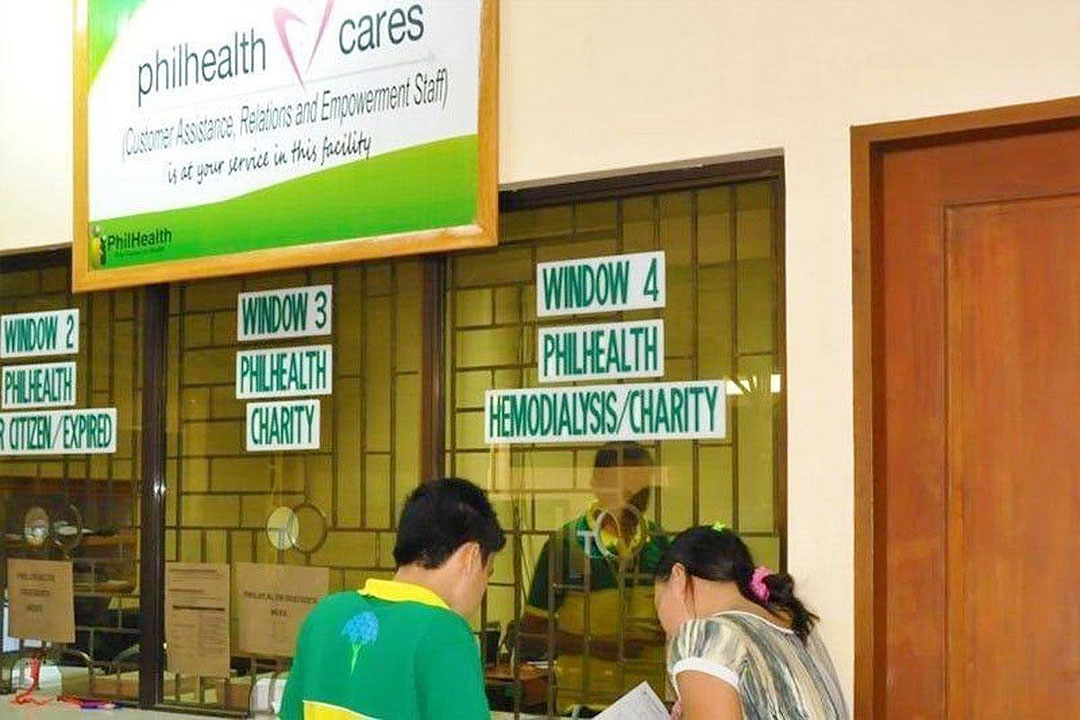
SUBSIDIES provided to government-owned and -controlled corporations (GOCCs) declined to P163.535 billion last year, with the Philippine Health Insurance Corp. (PhilHealth) receiving nearly a third of the total.
The Bureau of the Treasury reported that budgetary support to GOCCs fell 18.4% in 2023.
In December, subsidies dropped 67.3% to P10.485 billion. Month on month, they rose 55.7% from November.
The government extends subsidies to GOCCs to help cover expenses that are not supported by their revenue.
In 2023, PhilHealth received P50.746 billion in subsidies or 31% of the total. However, this total was down 36.6% from its 2022 total.
Subsidies to the National Irrigation Administration (NIA) stood at P40.738 billion. They also inched up 0.2% from a year earlier.
The National Housing Authority (NHA) took in P18.273 billion, up 6.7% from a year earlier.
This was followed by the National Food Authority (P10.182 billion), the Power Sector Assets and Liabilities Management Corp. or PSALM (P8 billion), the Philippine Crop Insurance Corp. (P4.634 billion) and Bases Conversion and Development Authority (BCDA) (P4.411 billion).
The Philippine Fisheries Development Authority (P3.685 billion), Philippine Children’s Medical Center (P2.408 billion), and the Philippine Heart Center (P2.168 billion) were also among the top recipients.
In December, PSALM received the most subsidies at P3 billion. This was followed by the NIA (P2.304 billion) and the BCDA (P1.501 billion).
GOCCs that did not receive budgetary support during the month were the National Electrification Administration, the Aurora Pacific Economic Zone and Freeport Authority, the Civil Aviation Authority of the Philippines, the Center for International Trade Expositions and Missions, the Philippine Crop Insurance Corp., PhilHealth, the Philippine Institute for Development Studies, Philippine Postal Corp., the Small Business Corp., and the Sugar Regulatory Administration.
John Paolo R. Rivera, president and chief economist at Oikonomia Advisory & Research, Inc., said that the decrease in subsidies last year was due to limited fiscal space and the government’s consolidation strategy.
“The decline in subsidies may be due to a decline in availability of government funds due to declining revenue or cash flows. It is also possible that an increase in GOCCs’ earning capacity was seen making them revenue-generating, warranting reduced subsidies,” he said in a Viber message.
The Finance department has reported that dividends generated by GOCCs rose 46% to P99.98 billion in 2023.
“This can also be due to the government’s fiscal consolidation plan of a more streamlined spending and prudence in providing grants,” Mr. Rivera added.
The government is hoping to reduce its debt-to-GDP ratio to below 60% by 2025 and deficit-to-GDP ratio to 3% by 2028. — Luisa Maria Jacinta C. Jocson



